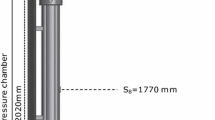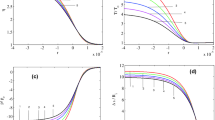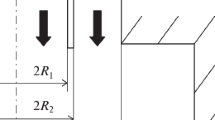Abstract.
The importance of the lift force acting on the dispersed phase in the boundary layer of a laminar gas-particle dilute mixture flow generated by a shock wave is investigated numerically. The particle phase is supposed to form a continuum and is described by an Eulerian approach. The ability of the Eulerian model to simulate particle flows and the importance of the two-way coupling are proven by comparison with experimental data as well as with the numerical results from schemes based on a Lagrangian approach. The models used for the lift force are discussed through comparisons between numerical and experimental results found in the literature. Some results about the formation of a dust cloud are numerically reproduced and show the major role of the lift force. Simulations of two-dimensional two-phase shock tube flows are also performed including the lift force effects. Although the wave propagation is weakly influenced by the lift force, the force modifies substantially the dynamics of the flow near the wall.
Similar content being viewed by others
Author information
Authors and Affiliations
Additional information
Received 17 February 2000 / Accepted 30 November 2000
Rights and permissions
About this article
Cite this article
Thevand, N., Daniel, E. Numerical study of the lift force influence on two-phase shock tube boundary layer characteristics. Shock Waves 11, 279–288 (2002). https://doi.org/10.1007/s001930100107
Issue Date:
DOI: https://doi.org/10.1007/s001930100107




